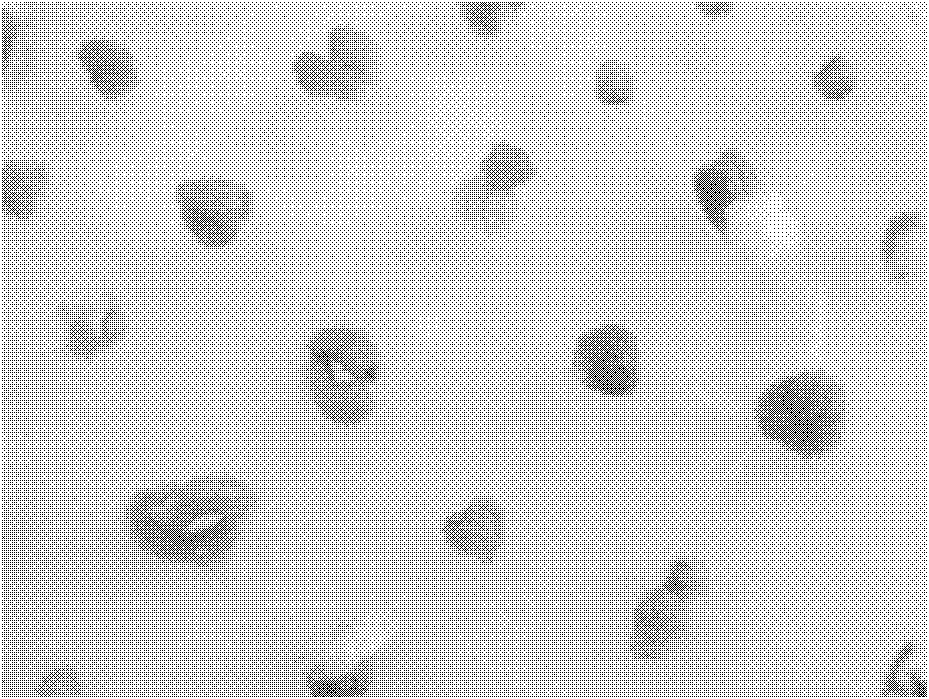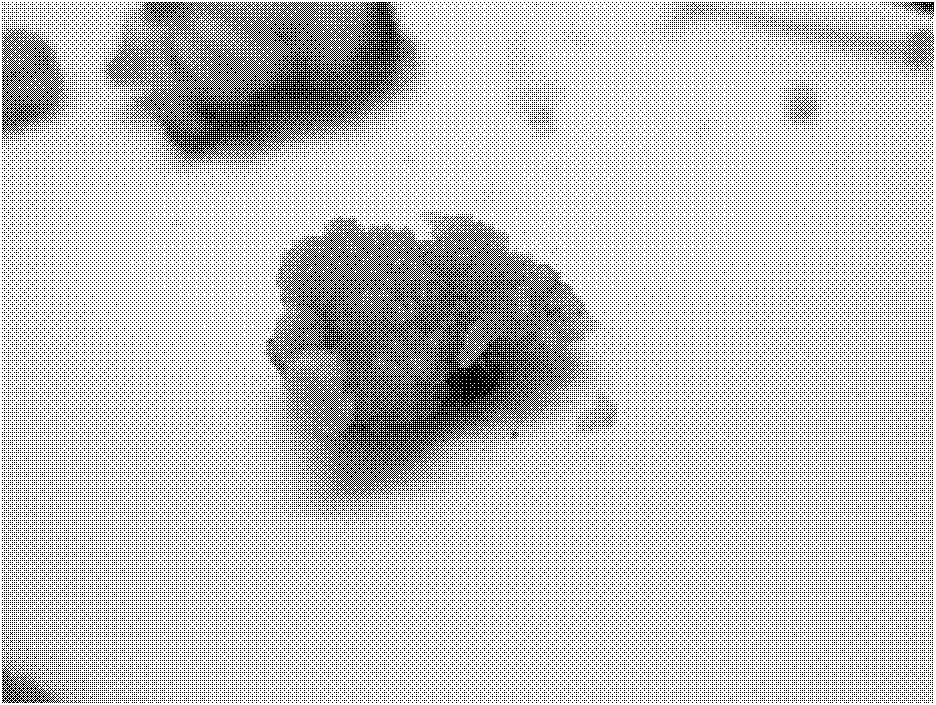Method for inducing callus of lycoris radiate by using flower stalks
A technology of callus and lycoris, applied in the field of inducing callus of lycoris by pedicels, can solve the problems of high risk, achieve the effect of alleviating the high pollution rate and improving the success rate of callus induction
- Summary
- Abstract
- Description
- Claims
- Application Information
AI Technical Summary
Problems solved by technology
Method used
Image
Examples
Embodiment 1
[0022] 1) The preparation of culture medium, comprises basic culture medium and callus induction culture medium, each component and the content per liter are respectively:
[0023] ①Basic medium: MS (Murashige and Skoog 1962), add 30g sucrose, 8g agar, adjust pH to 5.7;
[0024] ②Induction medium: MS+2,4-D (2,4 dichlorophenoxyacetic acid) 2 mg, BA (benzylaminoadenine) 2 mg.
[0025] 2) Preparation of explants: Pick the young inflorescences of Lycoris (inflorescences are not unfolded), and store them in a refrigerator at 4°C; take them out one day before inoculation, and place them in clean water containing detergent and Tween 80 in a volume ratio of 1:1 After soaking in medium for 15 minutes, rinse with water for 3 hours, and then disinfect with ethanol with a volume ratio of 75% for 10 minutes, soak in mercuric chloride solution with a volume ratio of 0.1% for 10 minutes, and rinse with sterile water for 4-5 times to obtain sterile inflorescences; cut off the ovary The pedic...
Embodiment 2
[0032] 1) The preparation of culture medium, comprises basic culture medium and callus induction culture medium, each component and the content per liter are respectively:
[0033] ①Basic medium: MS (Murashige and Skoog 1962), add 30g sucrose, 8g agar, adjust pH to 5.6;
[0034] ②Induction medium: MS+2, 4-D 2mg, BA 2.5mg.
[0035] 2) Preparation of explants: Pick the young inflorescences of Lycoris (inflorescences are not unfolded), and store them in a refrigerator at 4°C; take them out one day before inoculation, and place them in clean water containing detergent and Tween 80 in a volume ratio of 1:1 After soaking in medium for 15 minutes, rinse with water for 3 hours, then disinfect with 75% ethanol by volume for 12 minutes, soak in mercuric chloride solution with 0.1% volume for 12 minutes, rinse with sterile water for 4-5 times to obtain sterile inflorescences; cut off the ovary The pedicel part from the bottom to the top of the flower stem is cut into 2-3mm small section...
Embodiment 3
[0041] 1) The preparation of culture medium, comprises basic culture medium and callus induction culture medium, each component and the content per liter are respectively:
[0042] ①Basic medium: MS (Murashige and Skoog 1962), add 30g sucrose, 8g agar, adjust pH to 5.8;
[0043] ②Induction medium: MS+2, 4-D 2.5mg, BA 2mg.
[0044] 2) Preparation of explants: Pick the young inflorescences of Lycoris (inflorescences are not unfolded), and store them in a refrigerator at 4°C; take them out one day before inoculation, and place them in clean water containing detergent and Tween 80 in a volume ratio of 1:1 After soaking in medium for 15 minutes, rinse with water for 3 hours, and then disinfect with ethanol with a volume ratio of 75% for 10 minutes, soak in mercuric chloride solution with a volume ratio of 0.1% for 12 minutes, and rinse with sterile water for 4-5 times to obtain sterile inflorescences; cut off the ovary The pedicel part from the bottom to the top of the flower stem...
PUM
 Login to View More
Login to View More Abstract
Description
Claims
Application Information
 Login to View More
Login to View More - R&D
- Intellectual Property
- Life Sciences
- Materials
- Tech Scout
- Unparalleled Data Quality
- Higher Quality Content
- 60% Fewer Hallucinations
Browse by: Latest US Patents, China's latest patents, Technical Efficacy Thesaurus, Application Domain, Technology Topic, Popular Technical Reports.
© 2025 PatSnap. All rights reserved.Legal|Privacy policy|Modern Slavery Act Transparency Statement|Sitemap|About US| Contact US: help@patsnap.com



